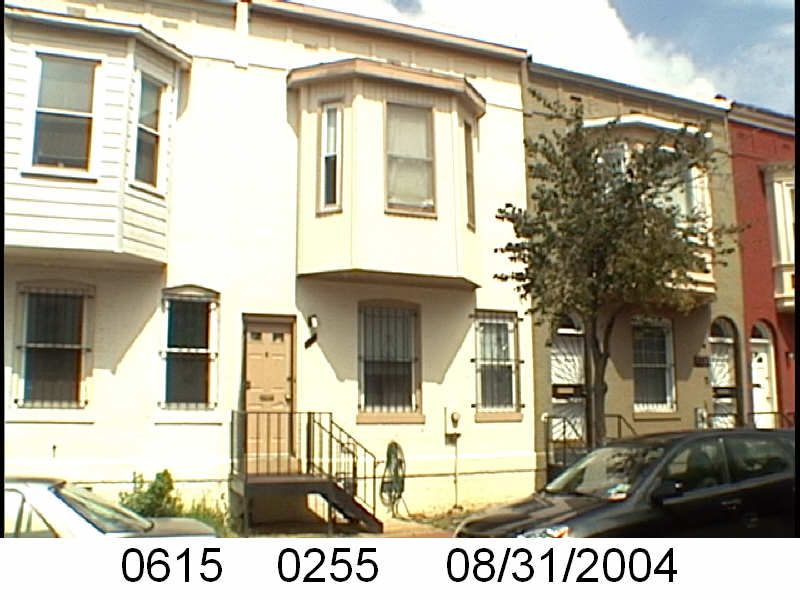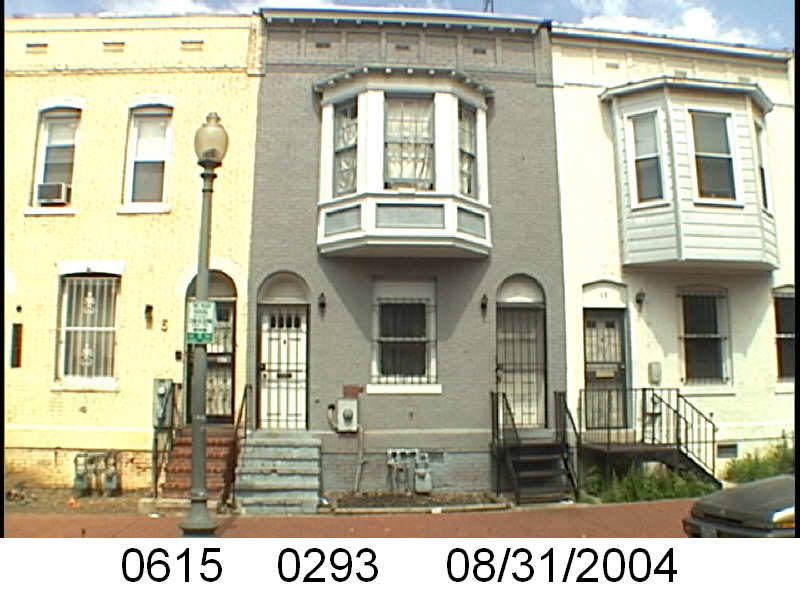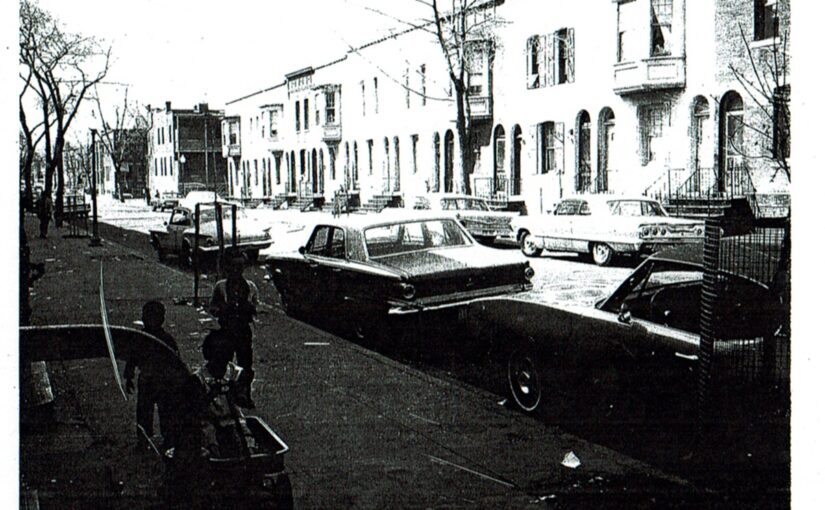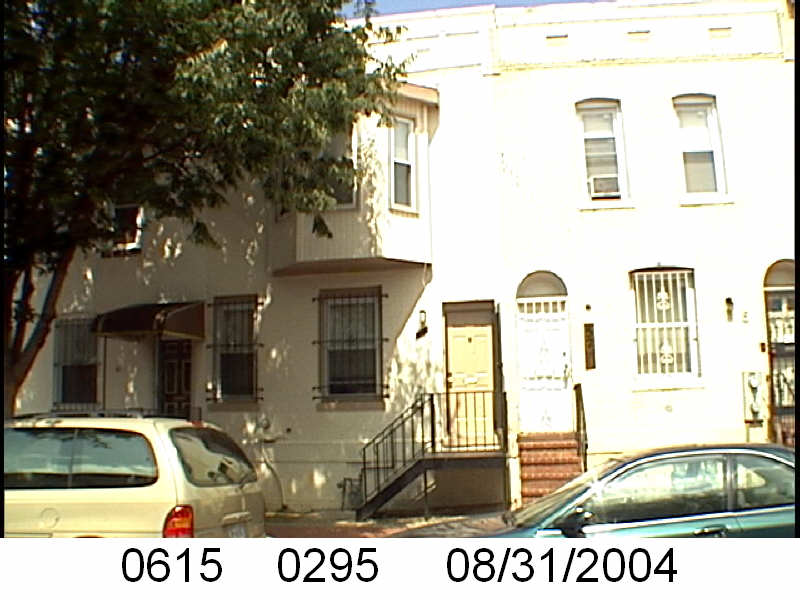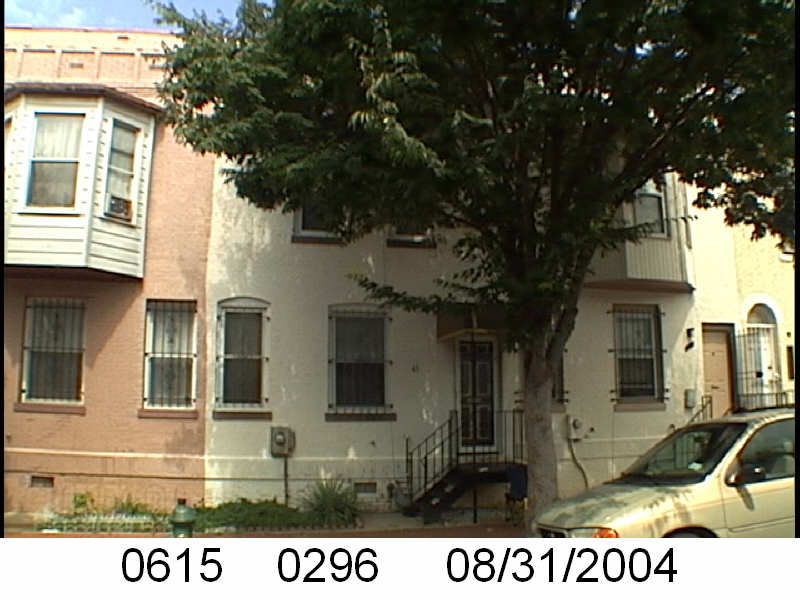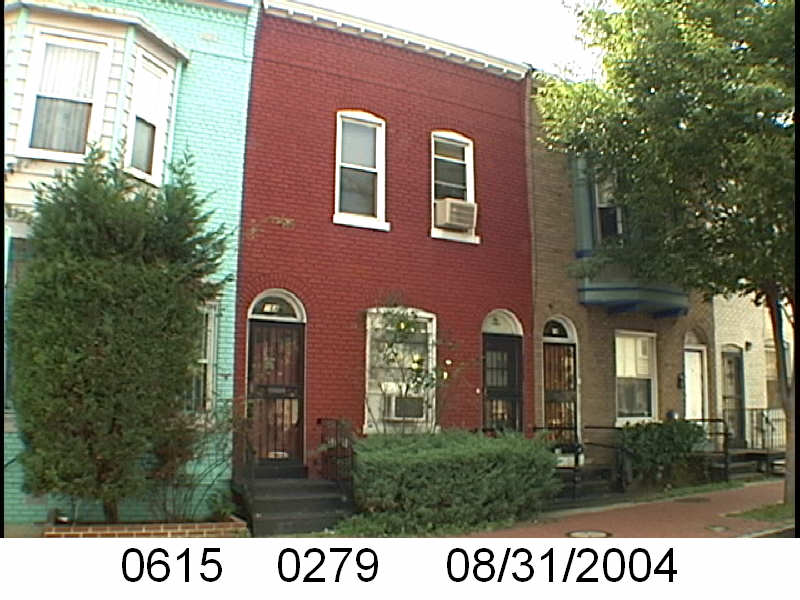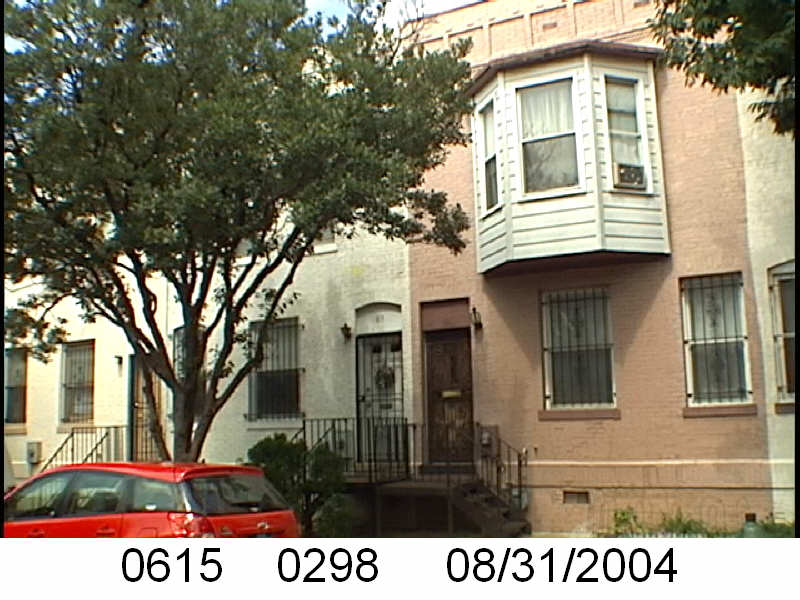The Washington Sanitary Improvement Company (WSIC) was a late 19th century charitable capitalism experiment that ended in the 1950s. This blog started looking at the homes that were supposed to be sold to African American home buyers, after decades of mainly renting to white tenants.
Looking at WSIC properties they tend to have a pattern where the properties were sold to a three business partners, Nathaniel J. Taube, Nathan Levin and James B. Evans as the Colonial Investment Co. for $3 million dollars. Those partners sold to African American buyers. There was usually a foreclosure. In 1956 Nathan Levin died and Colonial Inv. Co. vice president Harry A. Badt took his place in the foreclosure paperwork. Then the property wound up in the hands of George Basiliko and or the DC Redevelopment Land Agency (RLA). Then there were the odd lucky ones who managed to avoid that fate.
Let’s see what happens with 29 Bates St NW:
- December 1950 (recorded Feb 14, 1951) Evans, Levin and Taube sold the whole of 29 Bates St NW to Albert and Lula G. Davis.
- December 1950 the Davis borrowed $3,800 from Colonial Investment Co. favorite trustees Abraham H. Levin and Robert G. Weightman.
- July 1956 Mr. and Mrs. Davis lost the house to foreclosure and Badt, Evans, and Taube repossessed the property via an auction.
- July 1956 (doc 1958025808) Harry and Jennie Badt transferred their interests in the property and several others to Nathan Levin’s survivors.
- March 1959 (doc #1959019387) Badt, Evans, Taube, Nathan Levin’s survivors, their spouses sold this and several other properties on the block to Sophia and George Basiliko.
- Between 1971-1972 Basiliko was released from three mortgages and the next document has the DC Redevelopment Land Agency (RLA) as the owner, so we are left to assume around 1970 Basiliko sold the property to RLA.
- June 1980 (doc #8000020294) the DC RLA sold/transferred this and other properties to BSA Limited Partnership. BSA is possibly short for Bates Street Associates. It is paired with doc #8000020221 a contract between DC RLA and BSA Ltd Partnership.
There was one foreclosure for the one original buyer couple. Then the leaders and interests of Colonial Investment Co sold the property to slum landlord George Basiliko. From Basiliko it goes to DC RLA and then BSA. It basically fits the usual pattern.
Albert Arnold Davis, if I have the right Albert Davis, was born in 1909 in Virginia. He was married to Lula G. Davis. In 1950 the couple, then 43 & 44 years old, lived at 436 V St NW Apt 1 with their two sons William A. (10 yo) and Franklin (9 yo). There is another person in the house listed as a daughter Mary Morgan, aged 29, with her 4 year old son George. Morgan seems to old to be their daughter, but it is possible. At that time Albert worked as a porter for a printing shop and Lula worked as a domestic attendant for a hospital.
For the 1940 census, the couple lived at the same address on V St. At that time William A. was an infant and they lived with Albert’s father William, who was 69 years old, his sister and their 14 year old niece. Albert was still a porter and Lula did not work outside of the home.
Going further back to the 1930 census, Albert was a 21 year old roomer at 1610 8th St NW. He was single and working as a porter.

